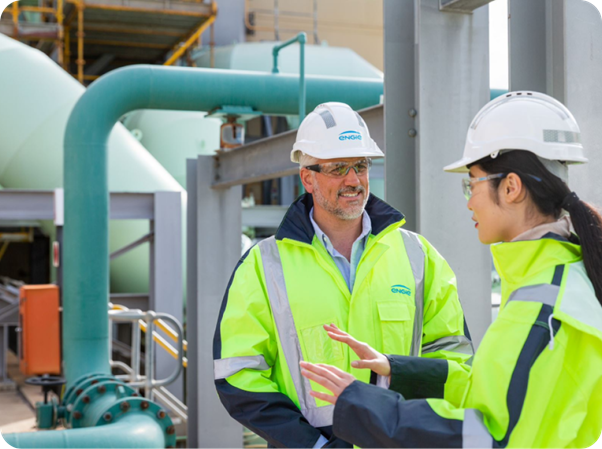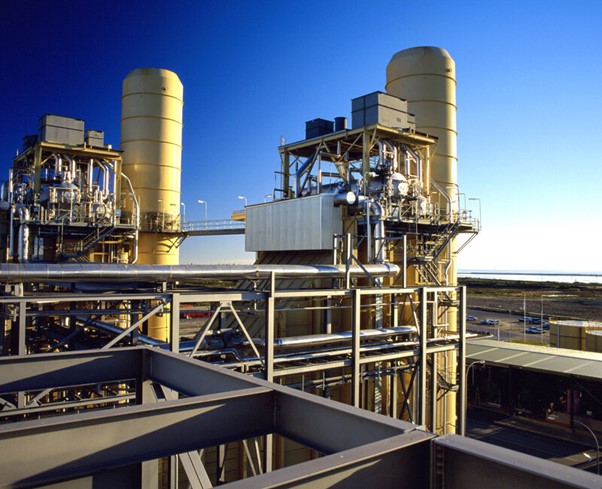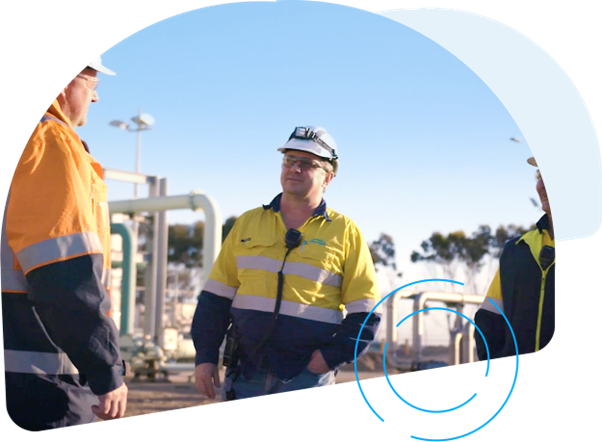Error message title

Error message title
Searching great energy plans for you

Overview
Location: North-west of Adelaide CBD, South Australia
Maximum Capacity: 497 MW
Commissioned: March 2001
Features
- Combined Cycle Gas Turbine Technology
- 497 MW of electricity generation
- Provision of power of 17% of SA thermal generation needs

Pelican Point power station (located 20km north-west of the Adelaide central business district) was commissioned in March 2001.
The station uses Combined Cycle Gas Turbine (CCGT) technology to produce up to 497 MW of electricity which is about 17% of South Australia’s thermal generation needs.
Pelican Point Power Station has two gas turbines and a steam turbine. The waste heat from the gas turbines is recovered to produce steam which drives the steam turbine generator, raising the efficiency of the plant.
Pelican Point Power station is a critical infrastructure asset in ensuring energy security and system stability in South Australia.
More information
How does gas-fired power work?
Gas-fired power stations burn natural gas to produce electricity.
There are two main ways they do this – open cycle and combined cycle.
Open Cycle Gas Turbine
Open-cycle production is the most common method. Natural gas is burned to create a pressurised gas, which powers a turbine that is connected to a generator. The turbine turns the magnets in the generator to create electricity.
Combined Cycle
The Combined-Cycle Gas & Steam Turbine (CCGT) plant generates energy using two different types of turbines in combination: a gas turbine and a steam turbine. In essence, it recycles its fuel to maximise its electricity output. ENGIE’s Pelican Point Power Station uses this ingenious method of electricity generation.
The hot gases generated by burning natural gas power the gas turbine. The gases are still hot enough to generate steam in a heat recovery boiler which is then used in a steam turbine. The combination of these two thermodynamic cycles increases plant efficiency to in excess of 50%, which is much higher than the 35% to 40% achieved by traditional plants.


